Heritage Jersey Organization
![[flourish]](/images/flourish-txt_mobius.png)
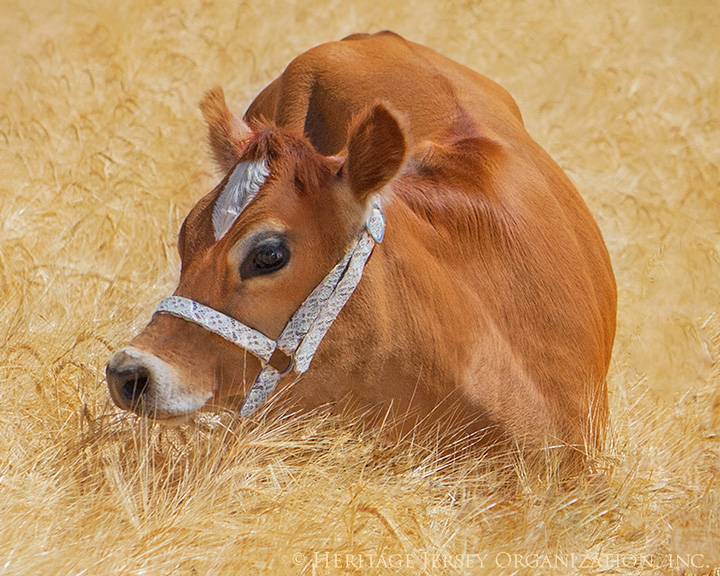
Welcome! From MaryJane Butters, Executive Director:
I started my love affair with the idea of a backyard milk cow in 1980 when I milked Rosie—a full-size Jersey. Permanently sold on the benefits of fresh, unadulterated, bone-building milk (my daughter, now 46 years old, has never had a cavity!), I’ve brought home other breeds over the years—Dexter, Angus, and Milking Shorthorn. But I always came back around to the Jersey.
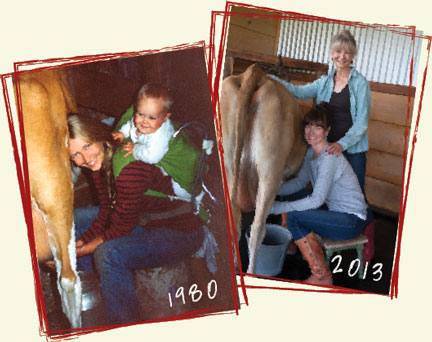
MaryJane & daughter Meg
The most efficient dairy breed, Jerseys produce the richest—and I think, the tastiest—milk with over 18% more protein and 20% more calcium compared to the average of all other breeds. I’m not alone in my love of the Jersey. Called the “butter cow” because of the amount of cream it produces and the efficient way it converts its food into energy (the Jersey carbon footprint is 20% less than that of Holsteins), the Jersey “cash cow” now ranks second in number of dairy cattle in the world. In addition, Texas A & M University ranked Jersey meat #1 for flavor over well-known “beef” breeds.
History of the Jersey
If you search the Internet or speak with historians seeking the history of Jerseys, you’re soon confused. They originated in Africa, no Asia. Maybe they have a Scandinavian influence, or French. Some historic accounts place the Jersey in the U.S. as early as 1657. Hardy in drought and heat conditions, in certain cases, the Jersey cow seems to have more in common with non-European cattle, but given their name, clearly we think of them as coming from the Isle of Jersey in Great Britain. I was new to the concept of buying a “registered” Jersey, so I located a registry that existed for the purpose of registering “backyard” Jerseys—actually it was a registry for miniature Jerseys, and I had a mix of sizes already, so I got to wondering what the back story was regarding miniature Jerseys.
At that time, there were several breeders in the U.S. who claimed they owned the direct descendants of the original Jersey from the Isle of Jersey and for the convenience of a storyline, they said the modern-day miniature Jersey is the original Jersey. But breed standards set up by the Royal Jersey Agricultural Society in 1834 don’t confirm this. And the Jerseys first photographed in the United States weren’t pint-sized either. They also weren’t the modern-day, full-size Jersey that you see on many large-scale dairies. The Heritage Jersey Organization was formed in order to pay homage to the original mid-size Jersey cow.
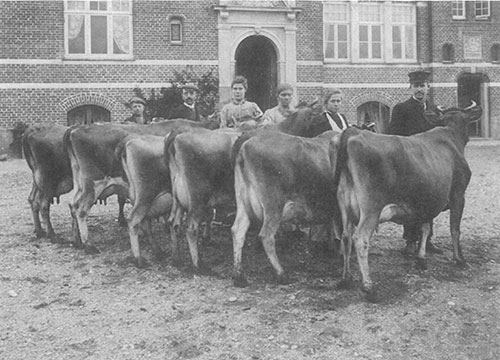
circa 1896
Size of the Jersey
What exactly is a “commercial” (full-size), mid-size, or miniature Jersey? Through modern-day selective breeding and cross-breeding, we’ve ended up with not only bigger Jerseys, but also miniature and even micro-miniature Jerseys. The miniature Jersey concept seems to have come onto the scene some 20–40 years ago, depending on who’s claiming credit for finding (owning) what they call the “original” Jersey breed. It has brought us some adorable tiny animals, but it has been beset with fraud, arrests, dishonest cross-breeding and record-keeping, intentionally misleading height measurements, and the mismanagement of registries.
Regardless of size and origin, I dearly love all my Jerseys—full, mid, mini, and micro—and I am fully committed long-term to the resurgence of the ideal backyard cow reminiscent of the iconic original tether-grazed Jersey cow shown with her “cowmom” at the turn of the century. (A woman was almost always the keeper of the family cow back then.)
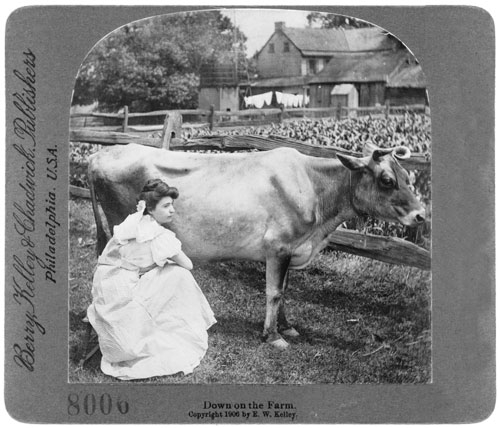
Erwin E. Smith Collection of the Library of Congress on deposit at the Amon Carter Museum, LC-USZ62-112640
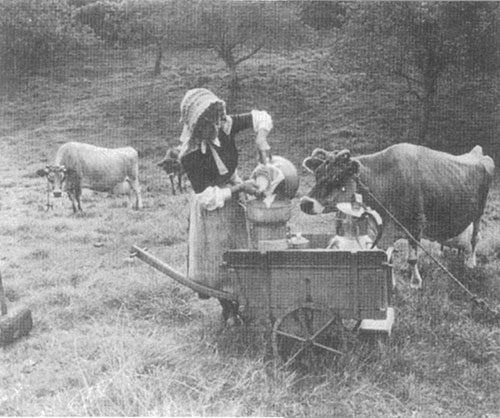
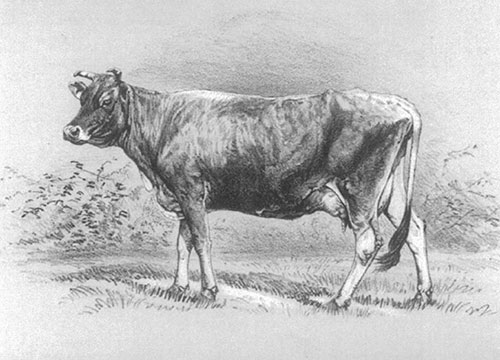
Somewhere along the way in the recent genetic history of the Jersey, a gene was introduced that eliminated the horns that you see in early photos of Isle of Jersey cattle. The term for that is “polled.” A polled cow or bull means it was born without horns. For breeding purposes, a simple $25 genetic test using a strand of hair can determine whether or not offspring will be polled or horned. Cattle can also be dehorned.
Registration of Heritage Jerseys
We established the Heritage Jersey Organization (HJO) as a resource to promote the original purpose of the Jersey as a mid-size family milk cow like those found on the Isle of Jersey and elsewhere in the early 1900s. Many historic photos clearly establish its size, now considered mid-size in the world of modern-day cattle. Modern Jerseys are bred for commercial production and in many cases, produce more milk than the average family needs. There are more than a dozen well-established Jersey registries for sized-up Jerseys throughout the world. Mid-size Jerseys are often seen as undesirable to use as breeding stock because they don’t produce enough milk for large-scale operations.
It’s time for someone to establish standards for the original mid-size Jersey—the ideal backyard, small-scale production cow. We wanted to create an organization that would be around for the long haul—the reason for our non-profit status and board of directors. In doing so, we promise to take our record-keeping seriously. We vow to you that we’re in it for the long haul. We want the Heritage Jersey Organization to outlive its founder! We draw our inspiration from a breed registry headquartered in our hometown. The Appaloosa Horse Club was established in 1938 by a handful of people wanting to preserve the Appaloosa’s heritage and history. Its first, single-page newsletter was created in the home of George Hatley, a local man who eventually came to be known as “Mr. Appaloosa.” Mr. Hatley passed away in 2012, but today, the organization’s 630,000 members span the globe.
No one wants to go to the expense of registering an animal only to have the registry disappear or its founders lose interest over time. We also understand that if you’re considering purchasing a particular Jersey from a breeder, you’ll want to check bloodlines. If you visit our Cattle Registry category, you’ll find the bloodlines of our growing number of registered cattle, visible to the public. That way, you don’t have to take someone at their word—you’ll see bloodlines backed up by DNA testing. We allow the registration of all sizes of Jerseys in order to track breeding bloodlines (Size Charts and Measuring Instructions). I have one cow that typifies the classic Heritage Jersey. Forty-seven and ¾ inches tall (measured at the withers because that’s how Jerseys on the Isle of Jersey have always been measured), she’s fine-boned with strong legs and ears and eyes reminiscent of those found in early paintings and photos.
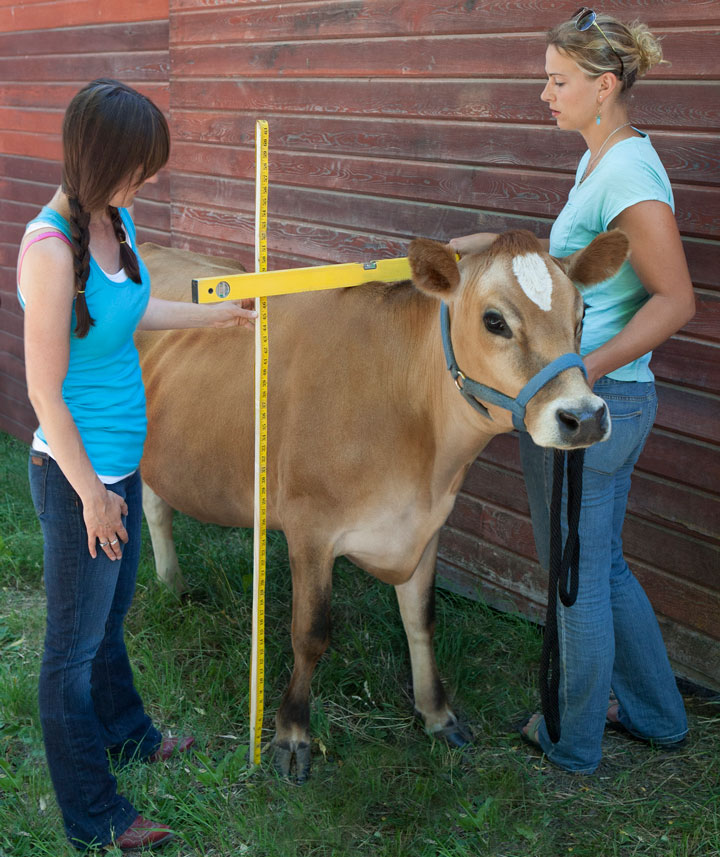
Standards for Heritage Jerseys
We’ve used a side photo of my classic beauty for our Conformation Standards. If you’re curious about the many different heights of my Jersey cows, you’ll want to spend some time looking at our Cattle Registry and reading our Conformation Standards. Over time, we’ll develop a classification program using a scale of points, setting forth categories for evaluation—things like stature, back, rump and tail, feet, legs, dairy character, chest and barrel, polled or horned, fore udder, rear udder, teats and mammary system, etc. But we’re in the early stages for anything other than general breed character.
Heritage Jersey Movement
As more and more people rediscover the benefits and joys of small-scale food production, the demand for what we call a “Heritage Jersey” is growing. If you’re interested in milk production, some cow’s teats are less than desirable and in some cases, simply too small to milk; or the amount of milk a miniature cow produces won’t be worth the daily effort; or a full-size cow will produce too much milk for a family’s needs. Through proper, long-term registration (the 40+ year plan), strict DNA testing, and the highest possible standard of breeding practices, along with honesty that flows as readily as cream from a Jersey, we believe we can re-establish the unique characteristics of the perfect backyard cow—a Heritage Jersey.
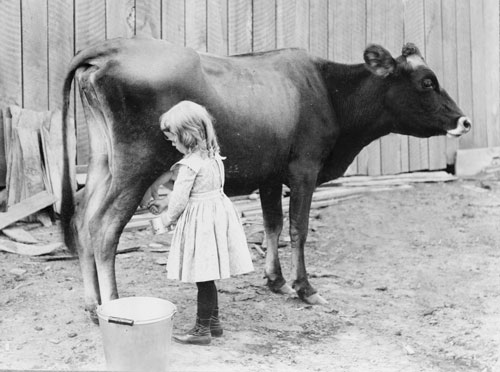
Library of Congress, Prints & Photographs Division, LC-USZ62-113356
Heritage Jersey Resources
We want to help educate owners, breeders, and newcomers about the benefits of Heritage Jerseys, and encourage an ongoing discussion on our Chatroom about how to best adapt our breeding decisions to produce and promote the breed. We’ll have discussions about the latest controversies like A2 versus A1 milk, or artificial insemination versus having a bull on hand to “cover” your girl, or hand milking versus machine milking. The HJO Chatroom is the place where there’s no such thing as a stupid question. We had considered housing our discussions on Facebook or Yahoo, but keeping them in-house will allow us to offer a search function so that over time, the wealth of information that will accrue will remain accessible to our members.
Heritage Jersey Today
The HJO strives to be a place where old and new members can interact and meet others who share their love of the backyard Jersey cow, both for milk and meat production. As a group, we will hold ourselves to the highest possible standard of breeding and marketplace practices for the betterment and integrity of the breed. We believe the Heritage Jersey is a homestead cow from the past that promises to greatly enhance our future and those of our children and grandchildren.
R.M. Gow wrote in 1936, “Where there is a home, there must be a cow.”
![MaryJane [signature]](/images/mj-signature.png)
MaryJane Butters
Executive Director
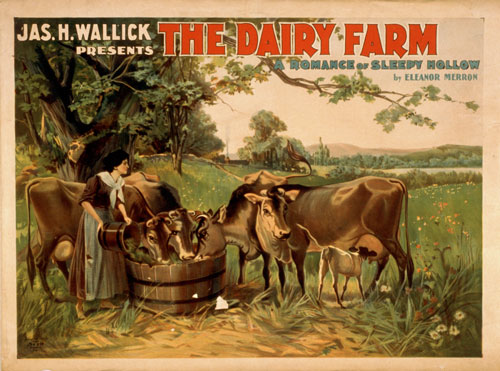
Library of Congress, Prints & Photographs Division